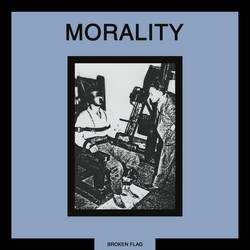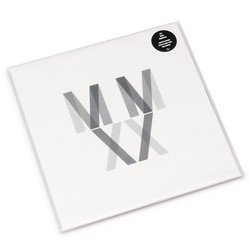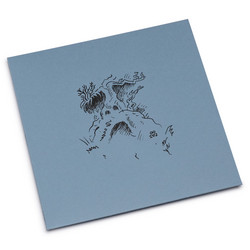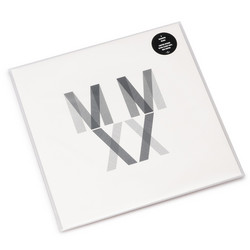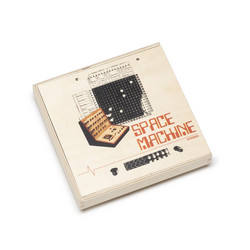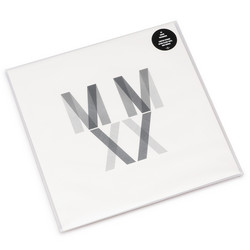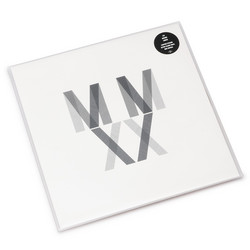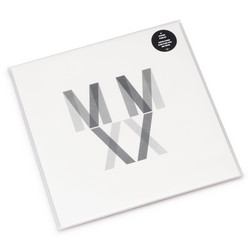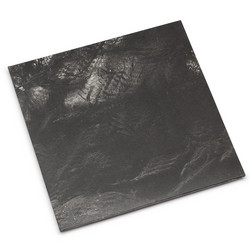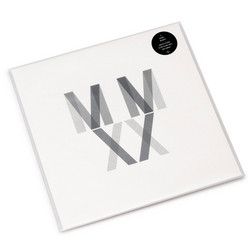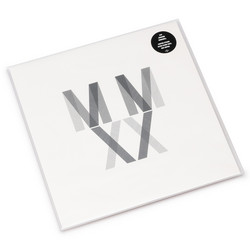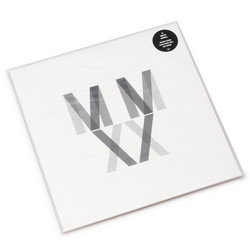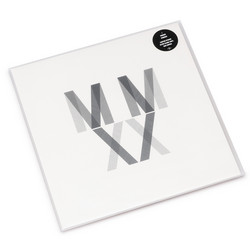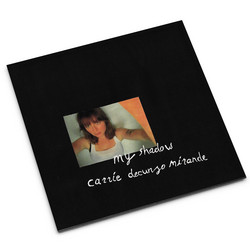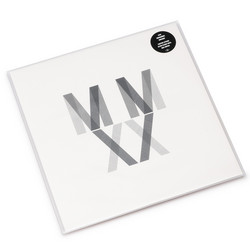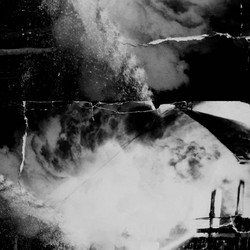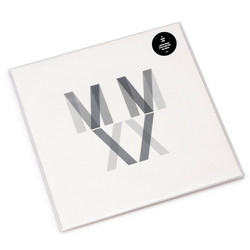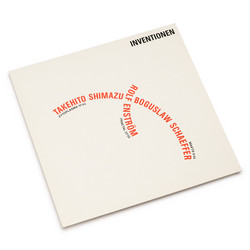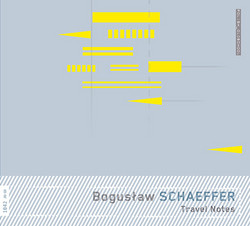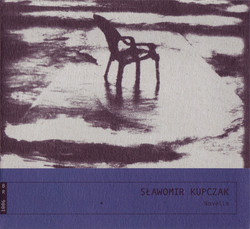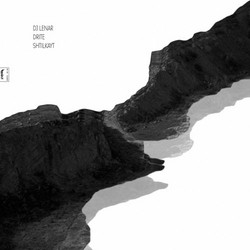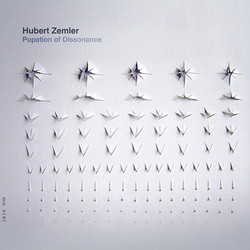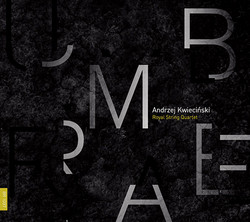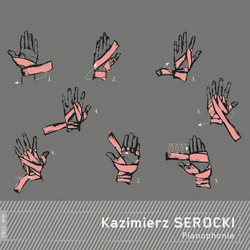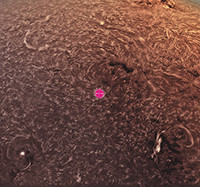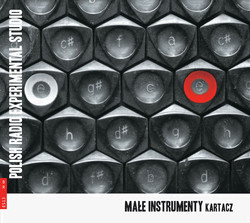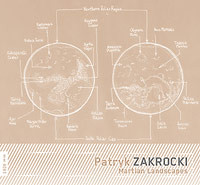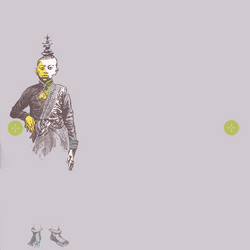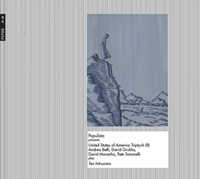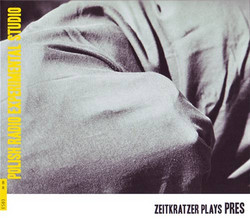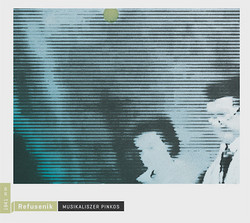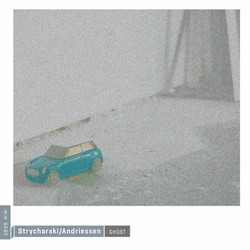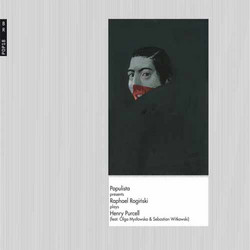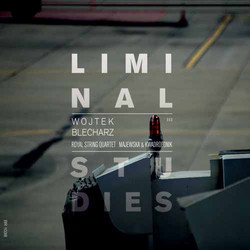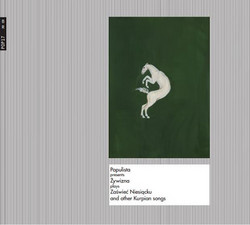Born in 1929, Boguslaw Schaeffer crossed the Polish Radio Experimental Studio from 1966 to 1976. Many of his electronic music compositions are obtained mixing concrete sounds. For sixty years Schaeffer has shown a pioneering approach to the creative process, exploring untouched, untapped and even unimagined areas of music. His artistry as playwright, composer, musicologist, graphic artist and his extensive interest in other arts disciplines, makes it wholly unsurprising that his visual work mixes ideas and techniques from many areas of visual arts practice including sfumato, sgraffito, collage, found objects, Surrealism and live art works.
The essence of Schaeffer’s practice is his multilevel interdisciplinary and non-conventional artistic activities combined with his inexhaustible creativity. An analysis of Schaeffer’s theatrical works shows the impact of his compositional experience. Perhaps the phenomenon of Schaeffer-esque theatre lies in its construction as a piece of music. The formal structure, the pace and course of action, multiple layers of threads, simultaneously acted scenes, polymorphic language, selection and accumulation of different ways of expression, and the ways of that tensions are built, are all musically inspired. Presented here are the parts' assembly '(1966) (two versions), Electronic Symphony' (1966) (in two versions, one of Bohdan Mazurek and other Wolfram), 'Heraklitiana' (1970) and more - polyversional compositions were defined by Bogusław Schaeffer already in the 1960s. They were pieces written down not as "definite aggregates" being an obligation towards an interpreter to perform the sounds composer had in his mind but rather potential aggregates encompassing variety of possible versions. After nearly half-century, a couple of notes should be added to the definition, even if they are nothing more than questions on its margins. They are not rooted in any theoretical insight but only in working on that particular album.
The question is: if the score is missing, can polyversionality mean improvising the soloist part upon listening to a fixed tape? (see: Heraklitiana - the composition for tape and soloist. There is possibly a score for this piece somewhere but a few month long search, with assistance of its author, gave no desired result.) If close listening to an "original" version (based on a score) leaves a lot of doubt about the faithfulness to the score, do other more loose versions have to be mere variations? (see: o.t. dec. 2011 by Thomas Lehn.) And finally: does changing a title free us from an obligation of a faithful performance or is it only a misuse and attempt to pretend that a particular performance which is nothing more but one of possible realizations of Schaeffer's compositions is a creation of a different composer?
The essence of Schaeffer’s practice is his multilevel interdisciplinary and non-conventional artistic activities combined with his inexhaustible creativity. An analysis of Schaeffer’s theatrical works shows the impact of his compositional experience. Perhaps the phenomenon of Schaeffer-esque theatre lies in its construction as a piece of music. The formal structure, the pace and course of action, multiple layers of threads, simultaneously acted scenes, polymorphic language, selection and accumulation of different ways of expression, and the ways of that tensions are built, are all musically inspired. Presented here are the parts' assembly '(1966) (two versions), Electronic Symphony' (1966) (in two versions, one of Bohdan Mazurek and other Wolfram), 'Heraklitiana' (1970) and more - polyversional compositions were defined by Bogusław Schaeffer already in the 1960s. They were pieces written down not as "definite aggregates" being an obligation towards an interpreter to perform the sounds composer had in his mind but rather potential aggregates encompassing variety of possible versions. After nearly half-century, a couple of notes should be added to the definition, even if they are nothing more than questions on its margins. They are not rooted in any theoretical insight but only in working on that particular album.
The question is: if the score is missing, can polyversionality mean improvising the soloist part upon listening to a fixed tape? (see: Heraklitiana - the composition for tape and soloist. There is possibly a score for this piece somewhere but a few month long search, with assistance of its author, gave no desired result.) If close listening to an "original" version (based on a score) leaves a lot of doubt about the faithfulness to the score, do other more loose versions have to be mere variations? (see: o.t. dec. 2011 by Thomas Lehn.) And finally: does changing a title free us from an obligation of a faithful performance or is it only a misuse and attempt to pretend that a particular performance which is nothing more but one of possible realizations of Schaeffer's compositions is a creation of a different composer?
Details
Cat. number: BR ES06
Year: 2012
Notes:
Comes in Digipak-like sleeve with 24-page Polish/English booklet.
